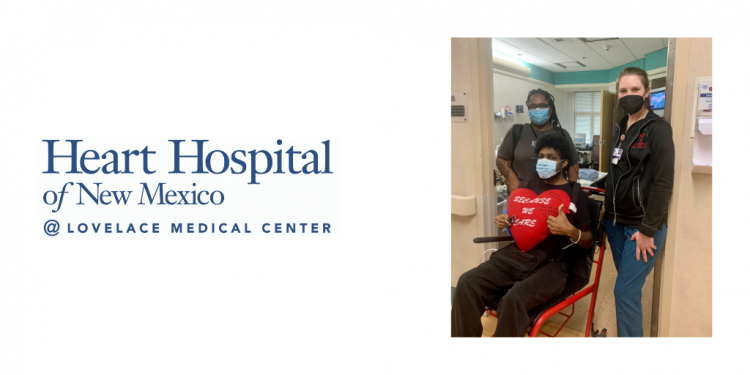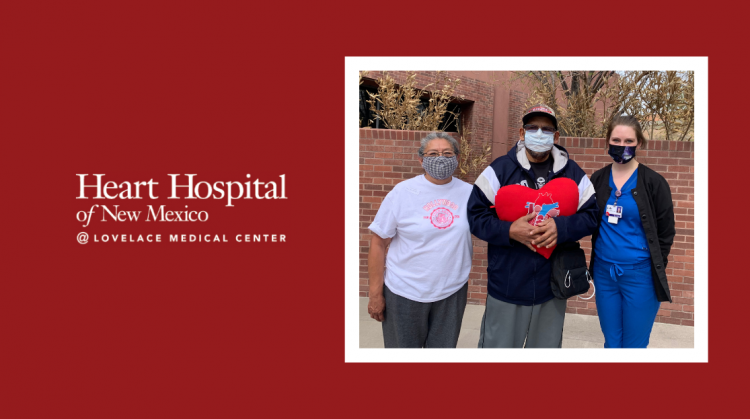Left Ventricular Assist Device
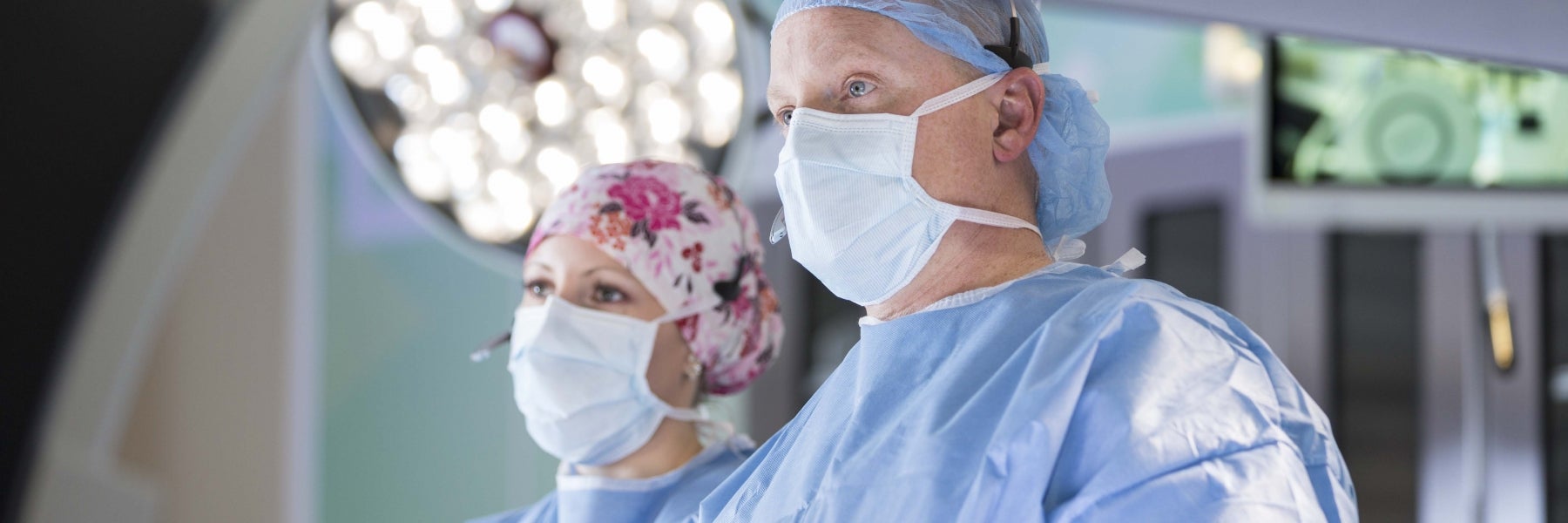
Overview
For patients who have reached a stage of advanced heart failure where the heart is no longer able to pump enough blood to meet the body's needs, a left ventricular assist device (LVAD) may be an option. A multidisciplinary selection committee meets regularly to discuss patient cases that may be candidates for this procedures.
What is a LVAD?
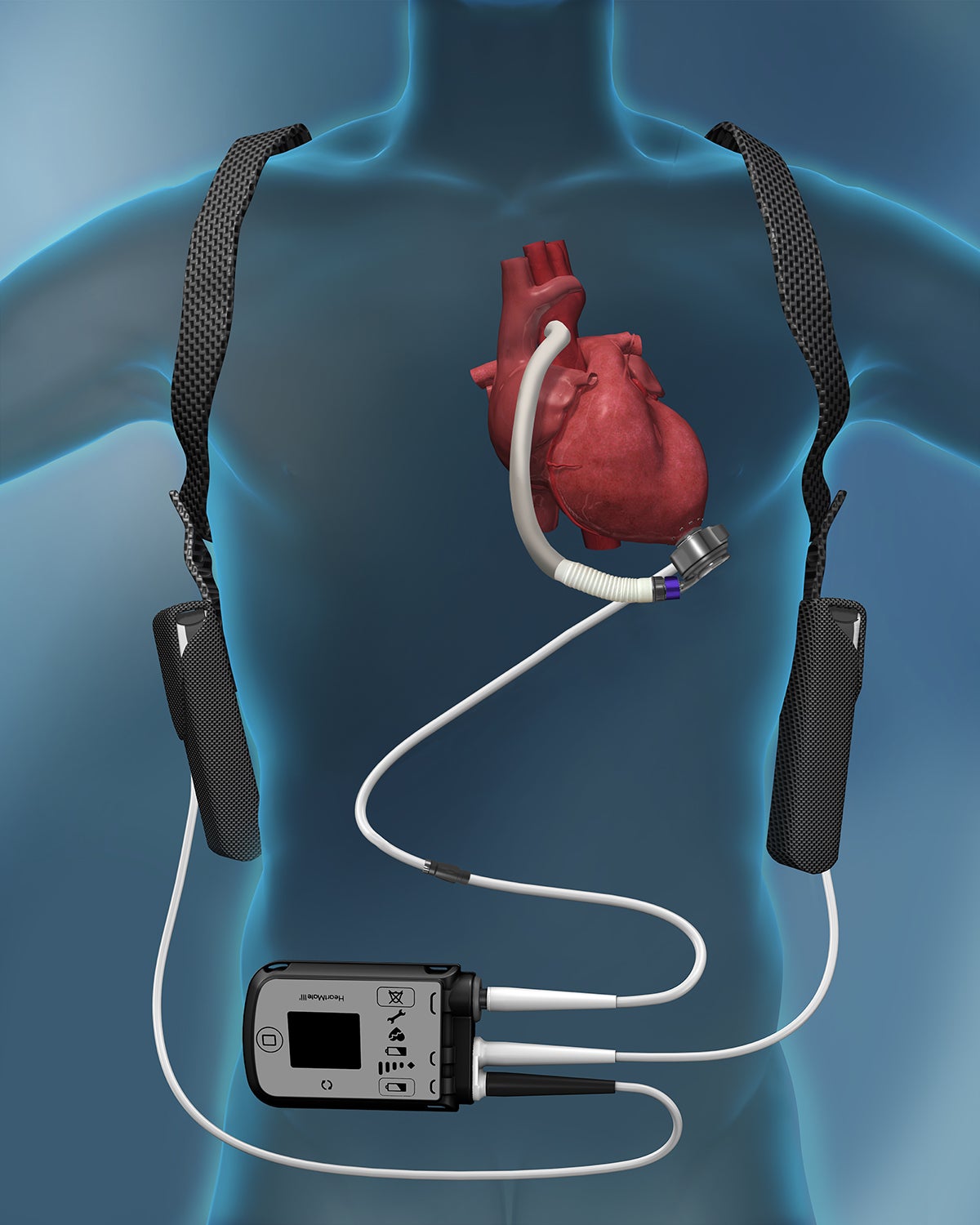
LVAD stands for left ventricular assist device. Its purpose is to decrease heart failure symptoms in patents with end stage heart failure. It is also known as a mechanical heart pump. The LVAD does not replace the heart, but assists moving blood through the body in order to improve your quality of life. The LVAD has the ability to:
- improve your energy
- increase stamina
- and allow you to live a better quality of life.
Our LVAD Implanting Program
The LVAD implant program at the Heart Hospital of New Mexico has been an active since 2017. We are the only LVAD implant center located in the state of New Mexico providing local patients the opportunity to receive Advanced Heart Failure treatments here at home. We implant the HeartMate 3 device into any new patient requiring this therapy. We can exchange the HeartMate 2 LVAD in those who already have the device and are experiencing a complication.
Heart Hospital and New Mexico Heart Institute at Lovelace Medical Center have been providing care to LVAD patients in the hospital setting since 2009 and in clinic since 2008. We are equipped to care for all durable LVADs patient’s requiring hospitalization or follow up care.
We continue to be a shared care site for transplant centers. This allows us to provide follow up care to LVAD patients implanted out of state, and provide post LVAD heart transplant referrals.
The LVAD team includes cardiovascular surgeons, heart failure cardiologists, LVAD nurses, and support staff. We offer a comprehensive evaluation to help decide whether a person is a good candidate for a LVAD or would benefit more from another type of heart failure therapy.
What Can a LVAD Do For You?
When heart failure symptoms have progressed to the stage where you can no longer participate in daily activities, you should be considered for advanced heart failure therapy. One of those options is LVAD therapy.
Progression of heart failure can happen quickly or over time. In the early stages this is managed with dietary changes and medications. When those therapies are no longer effective, your cardiologist may bring up the option of LVAD.
If deemed appropriate by our LVAD team, your LVAD will help extend and improve your quality of life. Many patients keep their LVAD until a donor heart becomes available for transplant, while others plan to continue LVAD therapy for the duration of their life.
LVAD vs. Heart Transplant
A LVAD is a great alternative to a heart transplant. It is important for patients to have this option due to the limited amount of donor hearts available. Many patients use the LVAD as a way to buy time until they can be transplanted. Others use it in order to address issues preventing them from being listed for transplant, such as financial cost of relocation. Many just enjoy the extra time the LVAD has provided to their life, and opt not to go onto transplant.
What to Expect During Evaluation
In order to determine if you are an appropriate candidate for a LVAD, you will undergo a comprehensive evaluation. Based on your needs, you may be referred to other specialists or be sent for additional testing. Our advanced heart failure team will guide you through your workup and provide support along the way. They will request your medical records, including previous test results in advance.
The evaluation includes:
- blood tests
- chest X-ray
- echocardiogram
- exercise v02 test
- electrocardiogram
- heart catheterizations
- pulmonary function test to measure your lung strength
- abdominal ultrasound and carotid ultrasound to assess blood flow through your vascular system
- ankle-brachial index (ABI) test to check how well your blood is flowing through your arms and legs
- colonoscopy (if risk factors are met.)
- other diagnostic - rule out of terminal illnesses such as cancer.
You will meet with a social worker and palliative care specialist to discuss non medial topics. If needed, we may recommend additional consultations such as psychiatry.
Evaluation may take place over weeks in our clinic or days if you are hospitalized.
If you do not live near Albuquerque, we will assist with scheduling appointments to minimize unnecessary travel. It may be beneficial to stay in the area during your evaluation.
Once your evaluation is complete, the LVAD team will review your test results and discuss which treatment option is best for you. We will recommend one of the following:
- referring you for a heart transplant
- implanting a LVAD as a bridge to transplant
- implanting a LVAD as destination therapy, meaning you will keep your LVAD for the rest of your life
- continued medical management of your heart failure symptoms through medication therapies
Living with a LVAD
After your LVAD surgery, your heart failure symptoms such as fatigue and shortness of breath, will decrease. This is due to the increased blood flow throughout your body. Your kidney and liver function may improve as well. With your improved energy, you will slowly begin to resume your previous activities of daily living.
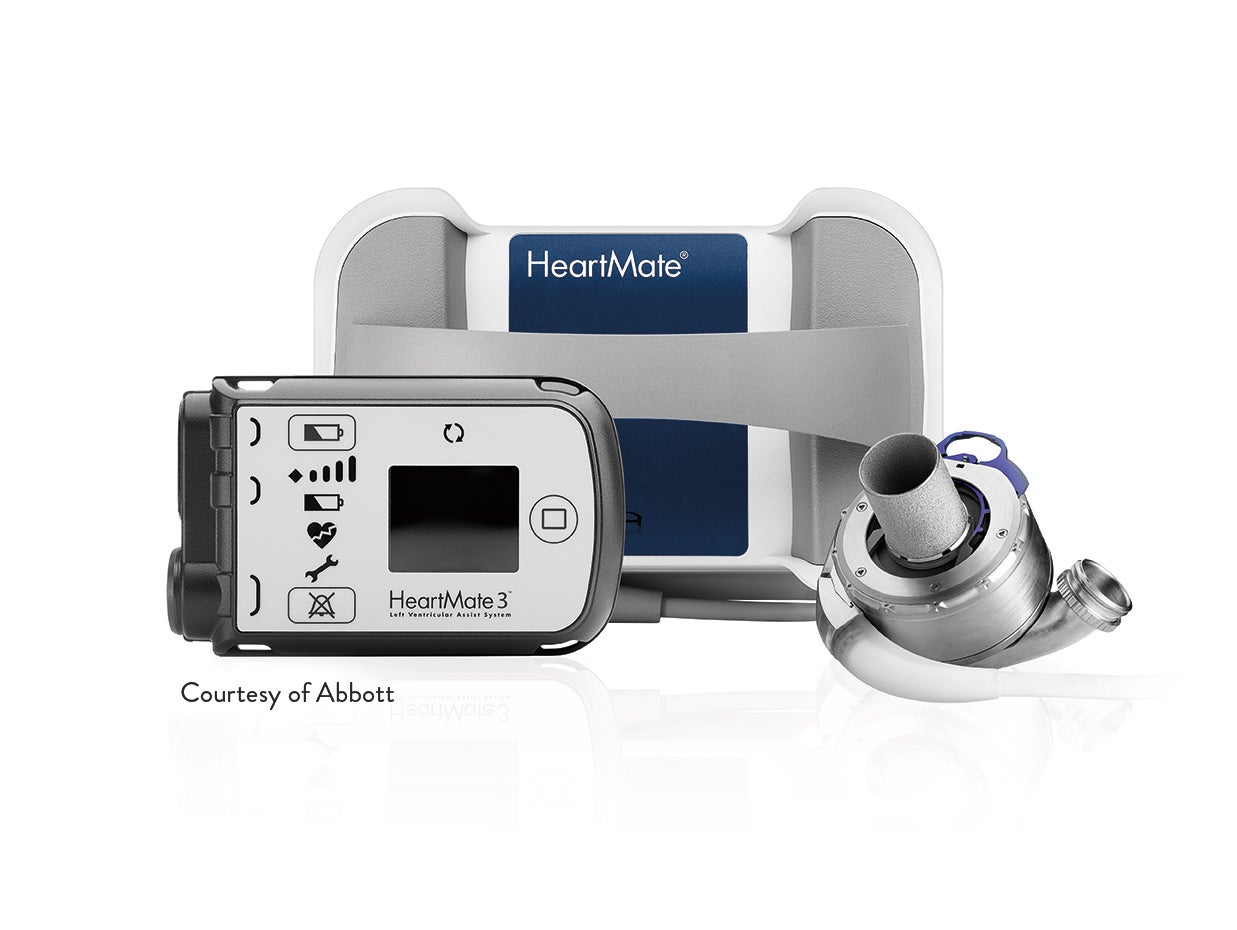
The LVAD requires a power source at all times. This is supplied by batteries while you’re away from the home or by wall power when sleeping or resting. Battery life lasts 12-17 hours per pair, allowing you to be able to do the activities you desire away from your home.
You can go on errands, socialize, travel, return to work, participate in sporting events, and garden. We encourage patients and families to participate in the activities that make you happy and will assist with planning when needed.
Lifestyle Changes with a LVAD
LVADs should not be submerged in water. You will no longer be able to take a bath, swim or sit in a hot tub. Extra caution and planning must be taken when traveling on a boat over water.
You may shower once cleared by the LVAD team. You will need to protect the LVAD equipment with a specially designed shower bag each time you take a shower.
We encourage LVAD patients to avoid high-contact sports to avoid injury.
In addition, you will not be able to undergo magnetic resonance imaging (MRI).
LVAD Surgery
The LVAD is implanted using open-heart surgery. This will take place at the Heart Hospital of New Mexico. Your clinical LVAD team will also follow you through your hospital stay. The procedure generally takes four to six hours, and will be done under general anesthesia (you will be put to sleep). After surgery, you will stay in the cardiovascular intensive care unit (CVICU) for about a week, then spend another couple weeks in our progressive care unit (PCU).
During your hospital stay, our care team will work to:
- manage your post-op pain
- assist with therapies to improve nutrition and strength
- adjust your heart medications
- provide extensive LVAD training to you and your family
Our LVAD Coordinator will spend individual time with you and your family. This will continue until you and the LVAD team feel ready for you to go home. You will continue to work with the LVAD team post op to provide the best opportunity for success.
LVAD Complications
As with any surgery, there are risks our team will discuss prior to your implant. Living with a LVAD can lead to complications. Our education program will provide you and your family the tools you need to prevent complications and be successful with your LVAD.
As you continue to live with your LVAD, our team will monitor your health and LVAD function to make sure everything is going well after surgery.
Follow Up Care
The LVAD team will continue to monitor you closely after your surgery. Follow up for the first 3 months happens at frequent intervals, requiring patients to be close to our facility during that time.
You may go to a rehabilitation facility or to the home setting, depending on your needs. We do require patients who do not live close to our facility to remain in Albuquerque for up to 3 months after implant.
If you live outside of Albuquerque, our team will provide LVAD-specific education to your community.
As long as you are living with the LVAD, we will continue to follow your care and be available 24/7 for any concerns and questions you have.
Making An Appointment
Physician referrals are welcome but not always necessary. To make an appointment for a heart failure evaluation at the New Mexico Heart Institute at Lovelace Medical Center, call 505-841-1000.
Technology

The LVAD is a surgically implanted mechanical pump that is attached to the heart and powered by a set of external batteries. The pump works with the heart to help pump a larger volume of blood with less stress on the heart.
Patient Care
patient care Heart Hospital of New Mexico performed the first LVAD in New Mexico. This development in patient care means patients can stay closer to home for their treatment and benefit from the support of thier loved ones throughout the treatment and recovery process.
For more information on the LVAD or to schedule an appointment with a cardiologist, please call 505.841.1000


